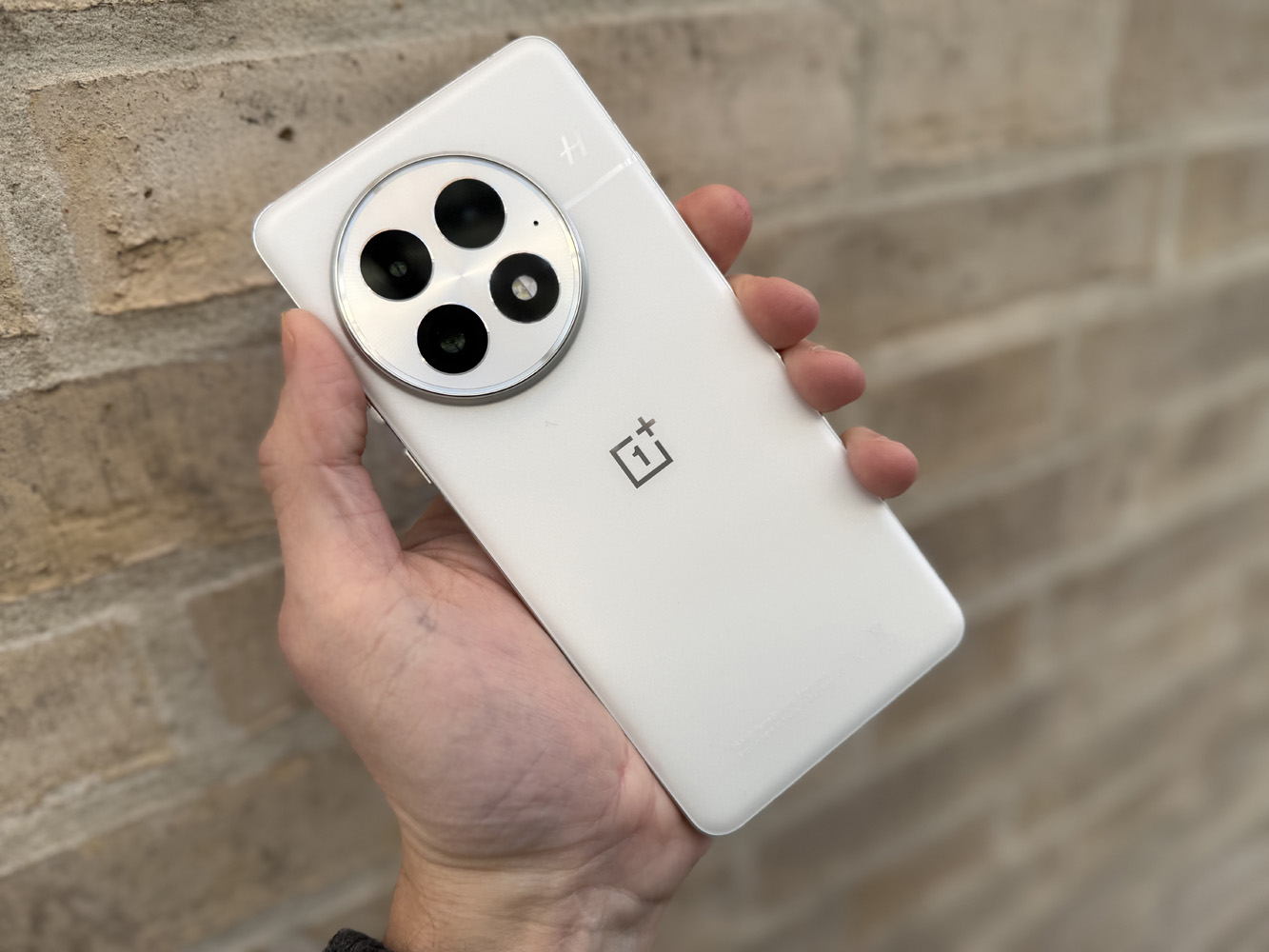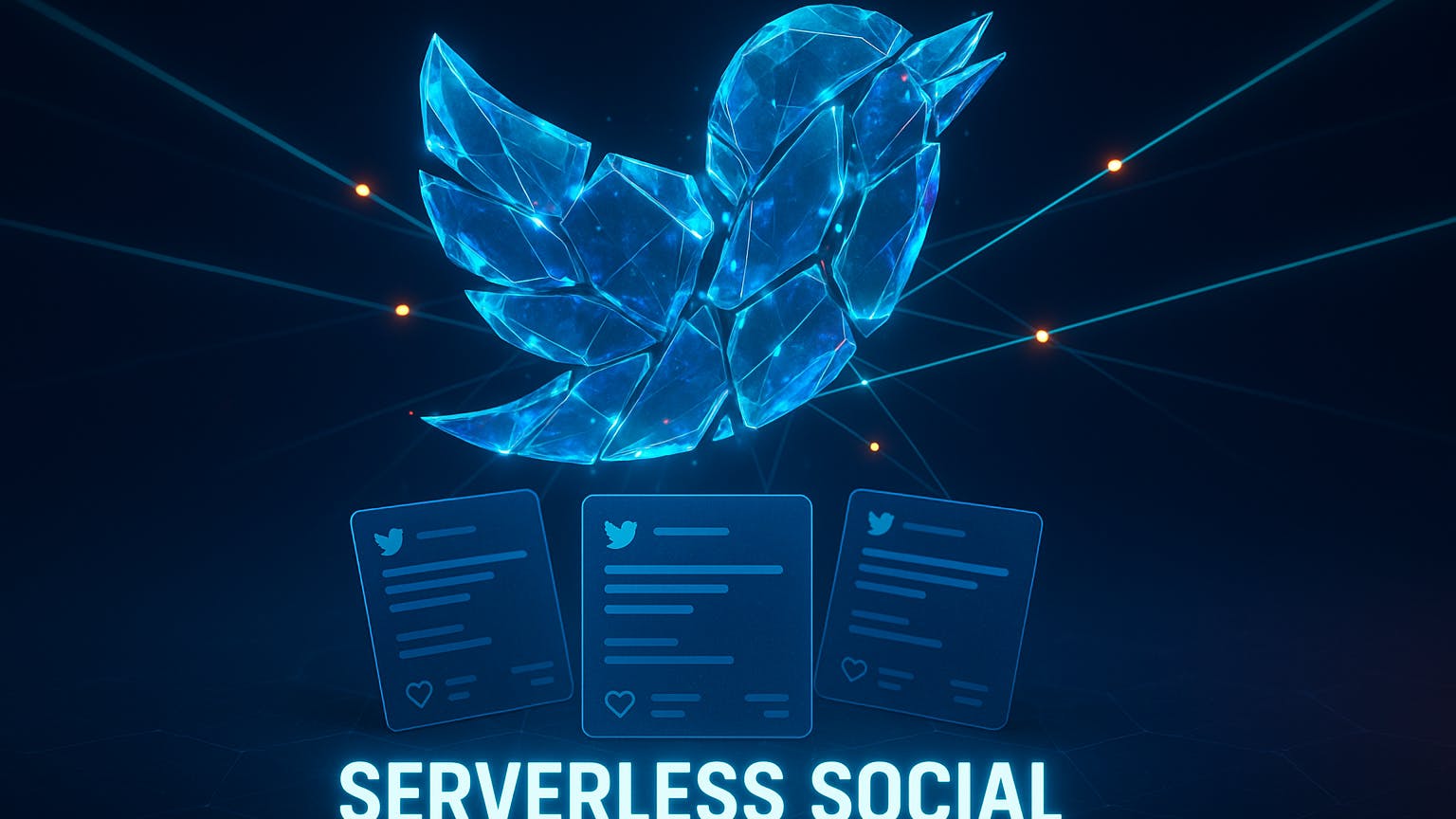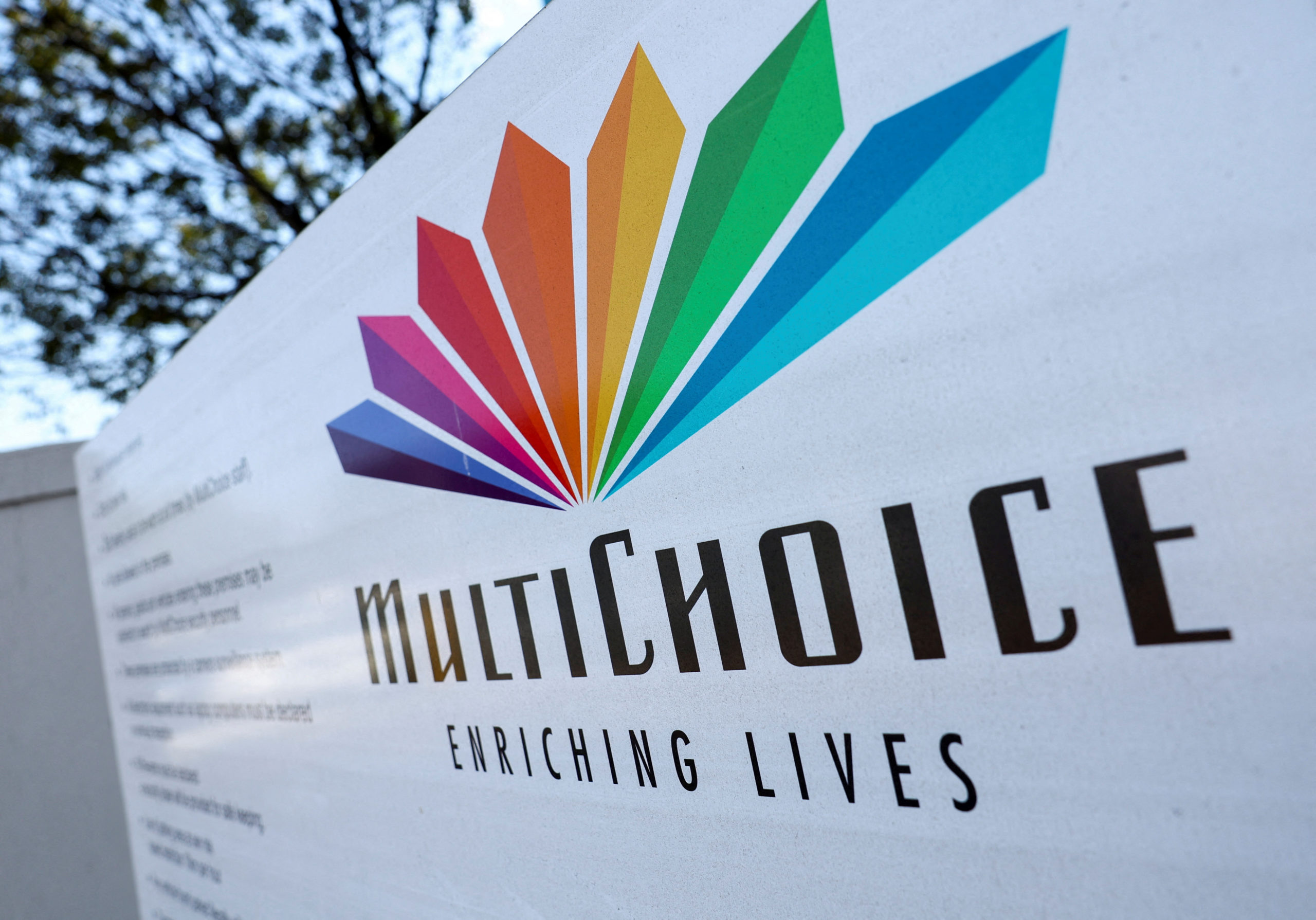A concept long theorized in research labs and sci-fi novels, the spatial internet is now entering a critical phase of execution. Mawari, a decentralized content delivery platform building for immersive XR experiences, has announced two important milestones. One is the end of its XR Chip claim program. The other is surpassing one million portal users. Together, they hint that the infrastructure of a new kind of internet, one based on real-time, immersive, and decentralized interaction, is quietly taking shape.
A Controlled Entry Point to a New Ecosystem
On July 6, 2025, Mawari posted on its official X account:
“XR Chip Claim Has Ended. A new phase of the spatial internet is imminent.” — @mawariXR
The XR Chip functioned as a form of credential—a gateway token or decentralized identifier (DID) for early participants to access and anchor themselves into the spatial ecosystem Mawari is building. This phase was likely designed to verify users, control early demand, and seed a community of contributors before the protocol scales up.
Ending this phase signals a shift in focus. Instead of distributing credentials, the emphasis now moves to building on-chain functionality and infrastructure that the initial cohort can begin interacting with. In practical terms, this marks a transition from early access to live deployment.
Over One Million Portal Users: Not a Metric, But a Signal
Crossing the one million users threshold reflects accelerating interest and suggests their ecosystem now supports real‑scale experimentation and user engagement. It marks a shift from concept to execution. Surpassing one million users is a signal of traction in an industry where many XR and metaverse initiatives remain stuck in closed betas or lab environments. In Mawari’s case, the portal appears to serve as an entry layer to its network, a virtual space where users access immersive content, possibly linked with on-chain credentials and rewards.
This milestone indicates that Mawari is not just building infrastructure but also cultivating demand and user behavior aligned with spatial internet use cases. Importantly, the spatial internet requires both: a decentralized delivery mechanism and people who want to live, learn, transact, or socialize inside it.
What Comes Next: The DIO Phase and Its Implications
Several observers online suggest the project is moving toward what it terms a “DIO”—likely referring to a Decentralized Internet Offering or a Decentralized Infrastructure Onboarding process. This would be the next phase where users begin to interact with decentralized services layered atop XR capabilities.
One widely shared interpretation comes from @bigbagscryptt, who wrote:
“Mawari is heading towards its most defining milestone with the DIO coming next.”
If this DIO mechanism integrates protocol-level governance, decentralized delivery, and potentially an economic layer—such as XR token staking or content monetization—it could mark the true unlock moment for a decentralized spatial ecosystem.
DIO could serve as the protocol’s version of a mainnet or a fully live product layer, where all the abstract ideas—decentralized rendering, immersive delivery, and user ownership—are stress-tested in the open.
Explaining the Spatial Internet in Simple Terms
The spatial internet reimagines the web as an immersive experience layered onto the physical world. Instead of browsing 2D pages on screens, users navigate 3D environments using AR (augmented reality), VR (virtual reality), and XR (extended reality) tools. This transition from flat to spatial interaction transforms how users work, learn, play, and socialize.
For example, imagine accessing a DAO-controlled concert in a digital replica of Mumbai’s Gateway of India, interacting with others in real time, purchasing NFT-based merchandise, and earning tokens for engagement—all without needing a centralized platform like Meta or Apple.
However, creating this vision at scale requires decentralized infrastructure for streaming, rendering, and identity—all areas Mawari is attempting to address.
From Frontier to Reality: My Analysis
These milestones suggest Mawari is executing on an ambitious roadmap in a space where many others remain theoretical. Closing the XR Chip phase and onboarding over a million users indicates a system that’s no longer in early ideation. It’s in activation mode.
In my view, this marks a critical inflection point. The XR Chip was a filtering tool. The DIO will be a scalability test.
Still, challenges remain. Will the DIO process be accessible to non-technical users? Will the protocol maintain speed and cost-efficiency at scale? And most importantly, what real-world applications will drive user retention beyond the novelty?
Mawari now needs to shift focus from access to utility from building the door to creating reasons to walk through it.
From Access to Infrastructure
The spatial internet has long felt like a promise that was always five years away. Mawari’s updates show that timelines may be collapsing. With a structured claim phase, growing user base, and a decentralized delivery mechanism on the horizon, we may be witnessing a working prototype of what the next web could look like, multi-sensory, decentralized, and persistent.
The upcoming DIO phase will be the real test. If it succeeds, Mawari might not just participate in the spatial internet, it might help define it.
Don’t forget to like and share the story!
This author is an independent contributor publishing via our










